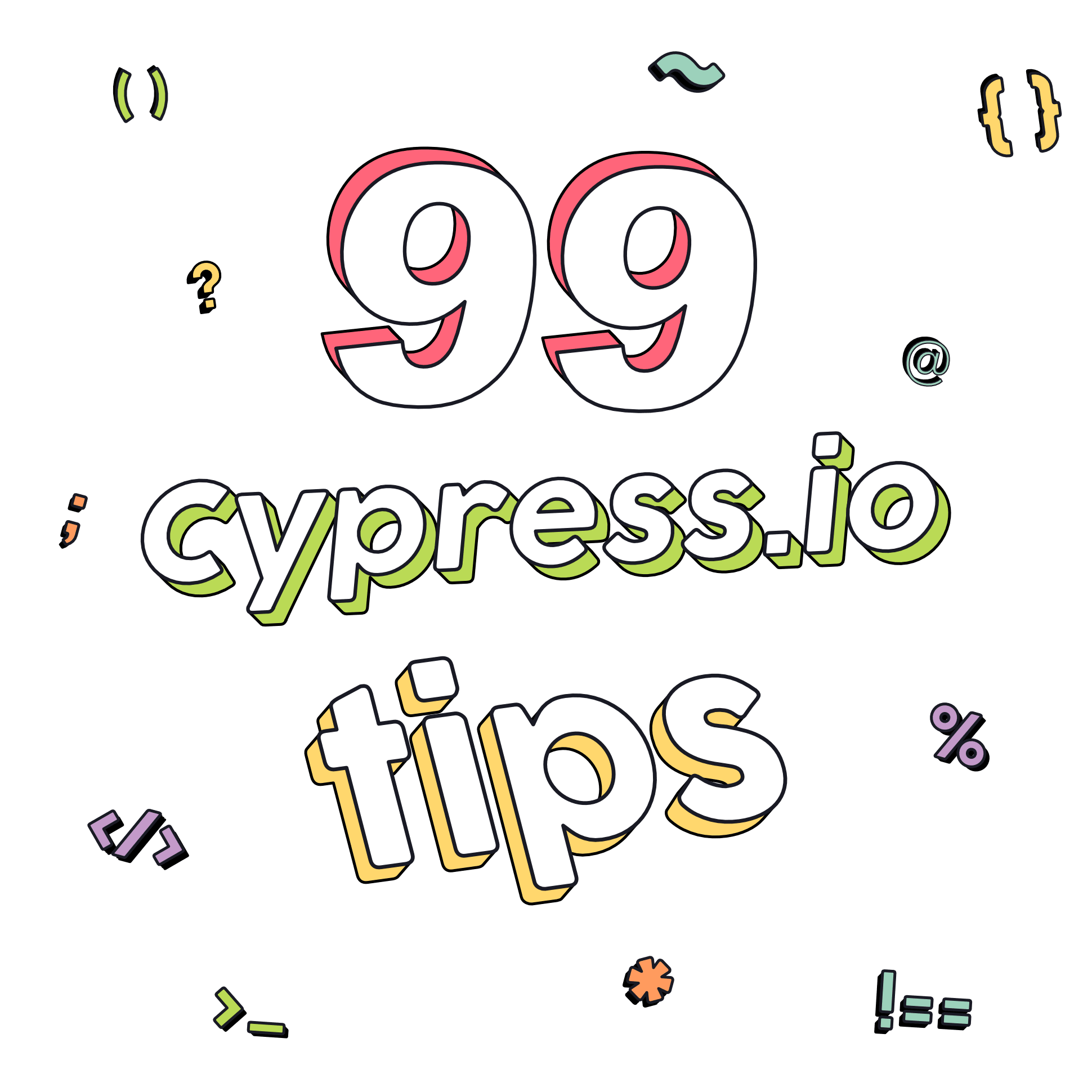Cypress basics: Using baseUrl

This article is a part of series on Cypress basics. You can check out some other articles on my blog where I provide step by step explanations of some Cypress basics + some extra tips on how you can take things one step further. So far, I wrote about:
Cypress is built for testing your application. In other words, it was designed to be able to test an application that you have access to, and are actively developing. For this reason, Cypress comes with a baseUrl parameter which can help you set up the starting point of your testing efforts. In this blogpost we will take a look into what baseUrl is and how you can use it.
Setting up the baseUrl in Cypress Configuration
The first step in using the baseUrl in Cypress is to configure it in your cypress.config.js file. This file is located at the root of your Cypress project and contains various configuration options for your tests. The configuration will look something like this:
You should replace https://example.com with the actual URL of your web application. This can be a localhost address if you are testing locally, staging website or a production site. This configuration makes the specified URL available as the baseUrl throughout your test suite.
Accessing the baseUrl in tests
Once you have set up the baseUrl in your configuration, you can access it different ways. For example, your cy.visit(), cy.request() and cy.intercept() commands will use this baseUrl, so instead of typing out the whole url, you only use the path.
💡 Did you know, that instead of visiting a URL, you can open a plain html file? Just use
cy.visit('index.html')to openindex.htmlfile in your root folder of your project.
Changing the baseUrl During Test Execution
In some cases, you may need to change the baseUrl at a test level. This might be the case for some smoke tests that are intended to cover a larger system, consisting of applications split into multiple domains. To set up a different baseUrl on a test, you can use test configuration object:
Making Assertions with baseUrl
In your tests, you may want to make assertions that involve the baseUrl. For example, you may want to ensure that your application redirects to the correct page after a certain action.
Here's an example of how to make assertions with the baseUrl:
Passing baseUrl through CLI
You actually don’t need to set up your baseUrl in the cypress.config.js file at all. Instead, it is possible to resolve it when opening Cypress:
This way you can easily switch between different environments and open Cypress against the one you want to test in
Resolving baseUrl dynamically
You can take things one level further and resolve your baseUrl dynamically. You can either do this on the parameter itself, or by using setupNodeEvents() function. Let’s take a look at the examples.
In this example, we’ll set up the location https://staging.example.com whenever we run tests on a CI pipeline. Most of CI sercives set up a CI=1 variable, which we can use for making the decision. We are adding a condition that will set up https://staging.example.com if we are in a CI environment and http://localhost:3000 if we are not.
If we need to switch between multiple URLs, we can use setupNodeEvents() function:
We can now easily switch between different URLs by passing the name of the application version to the --env flag:
Best practices using baseUrl
A common error that I see people doing is using the baseUrl like this:
As shown in the example at the beginning of this post, this serves no purpose and adds redundancy to your tests.
Setting up baseUrl helps you write your test in a way that enables running them agains any environment. This is vital to make your tests flexible.
Let’s keep in touch
From time to time I send some useful tips to your inbox and let you know about upcoming events. Sign up if you want to stay in loop.

